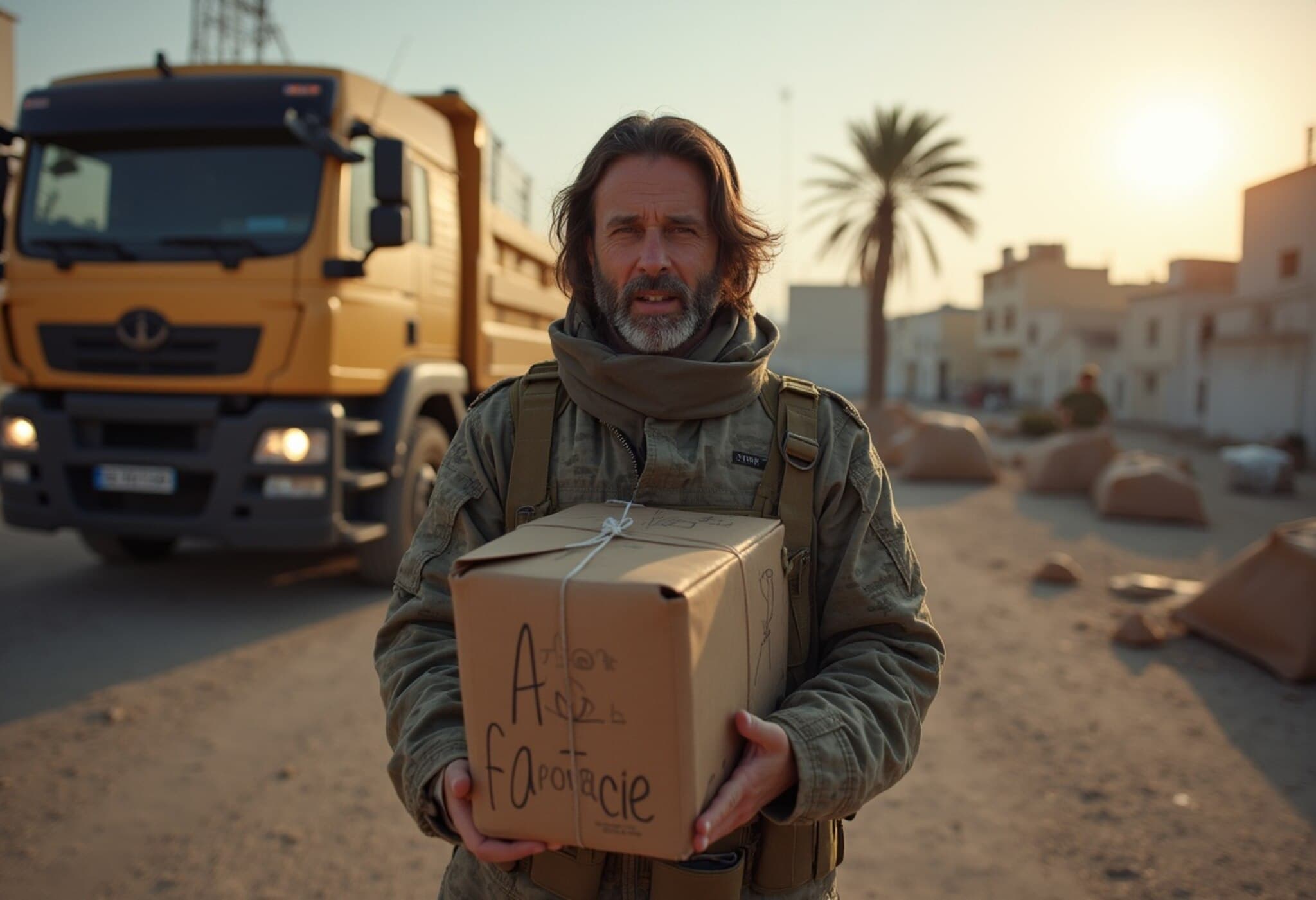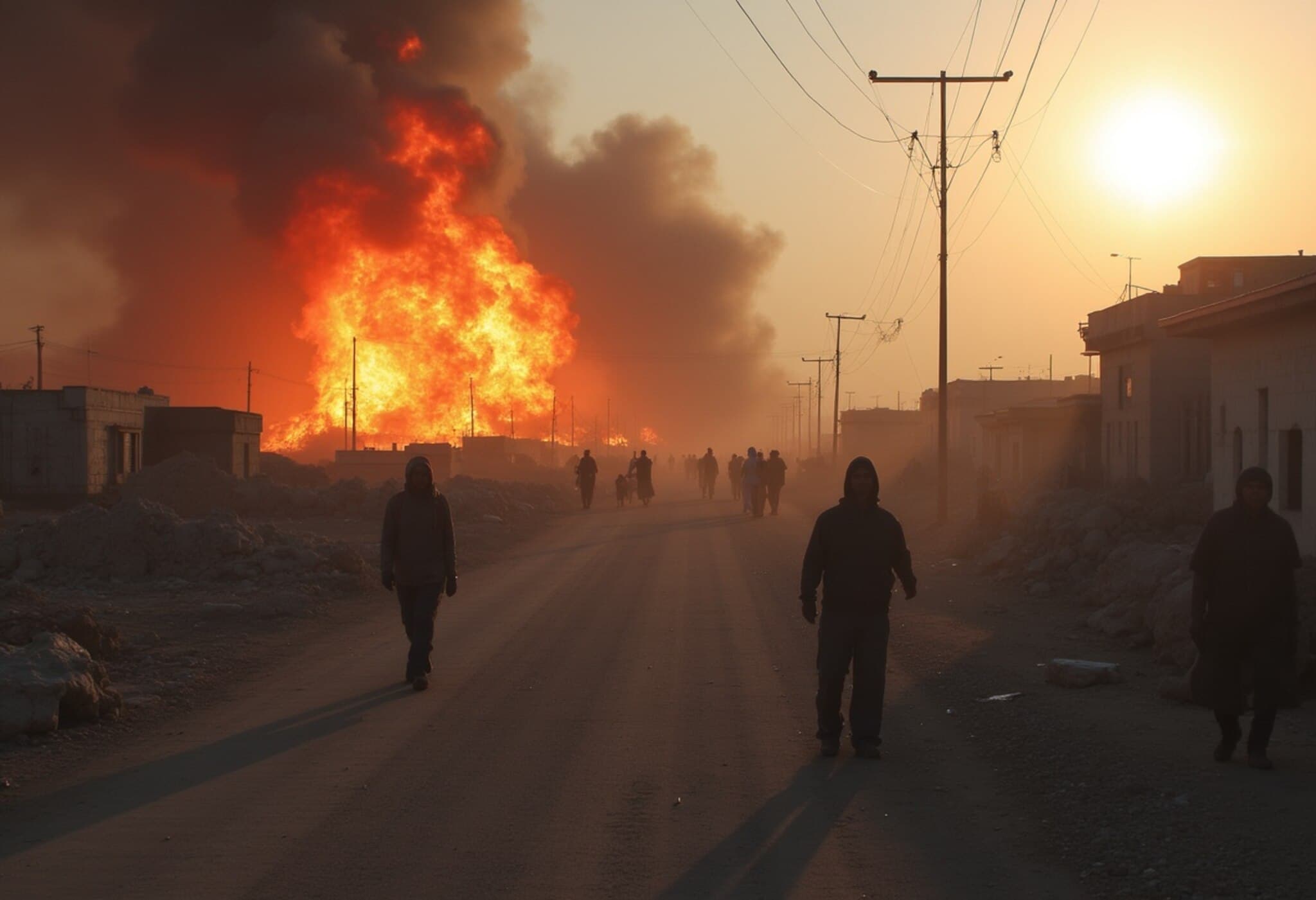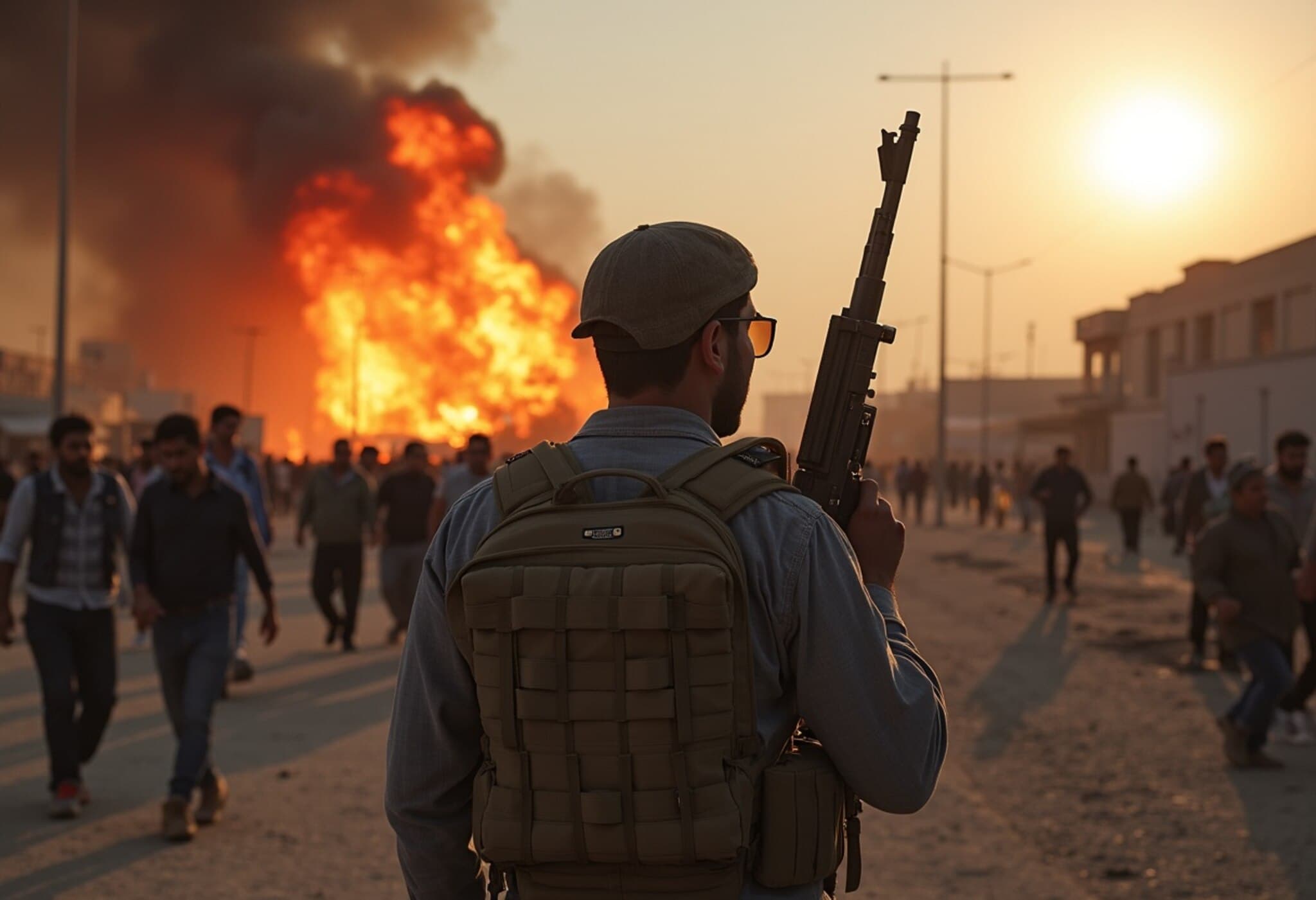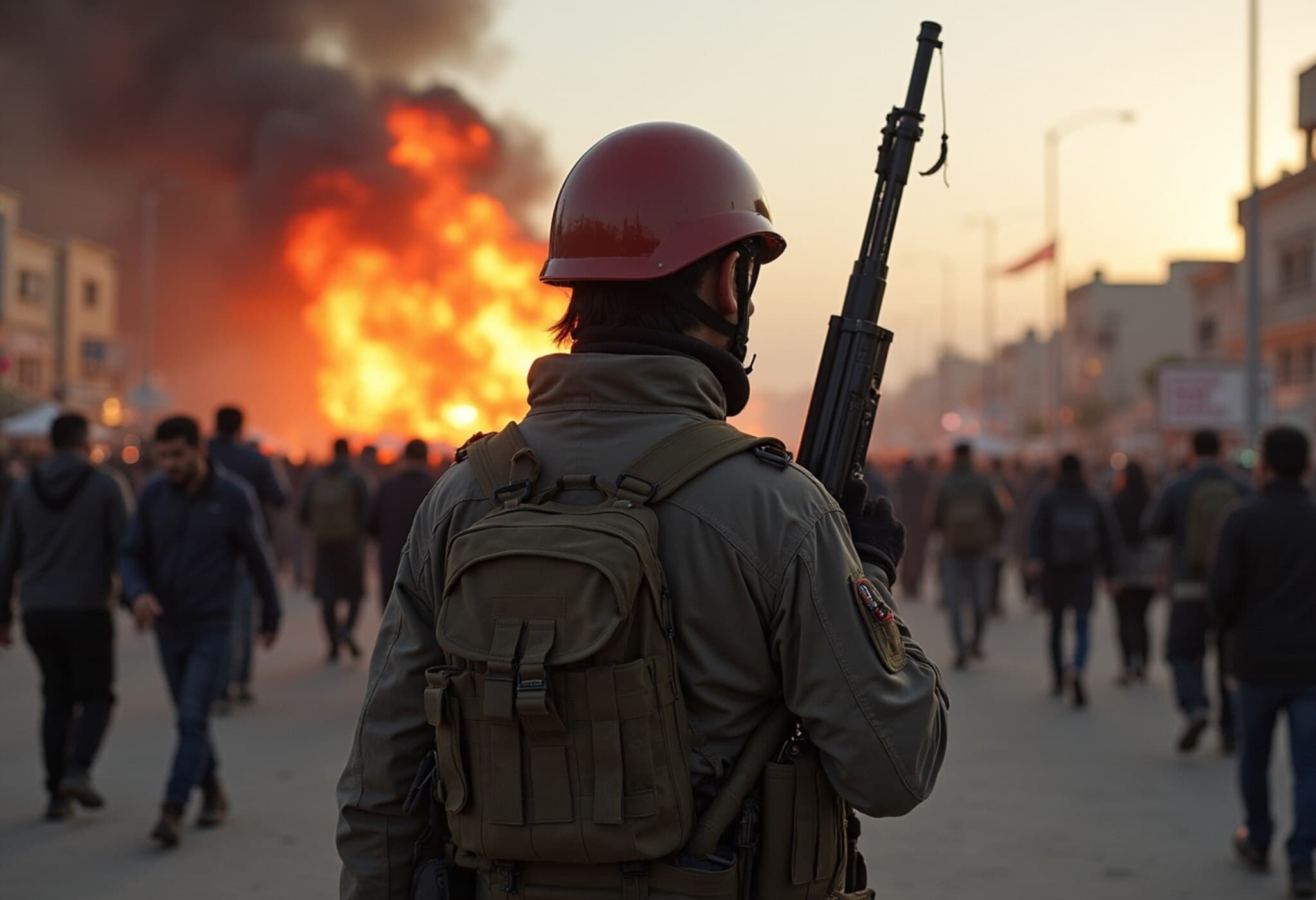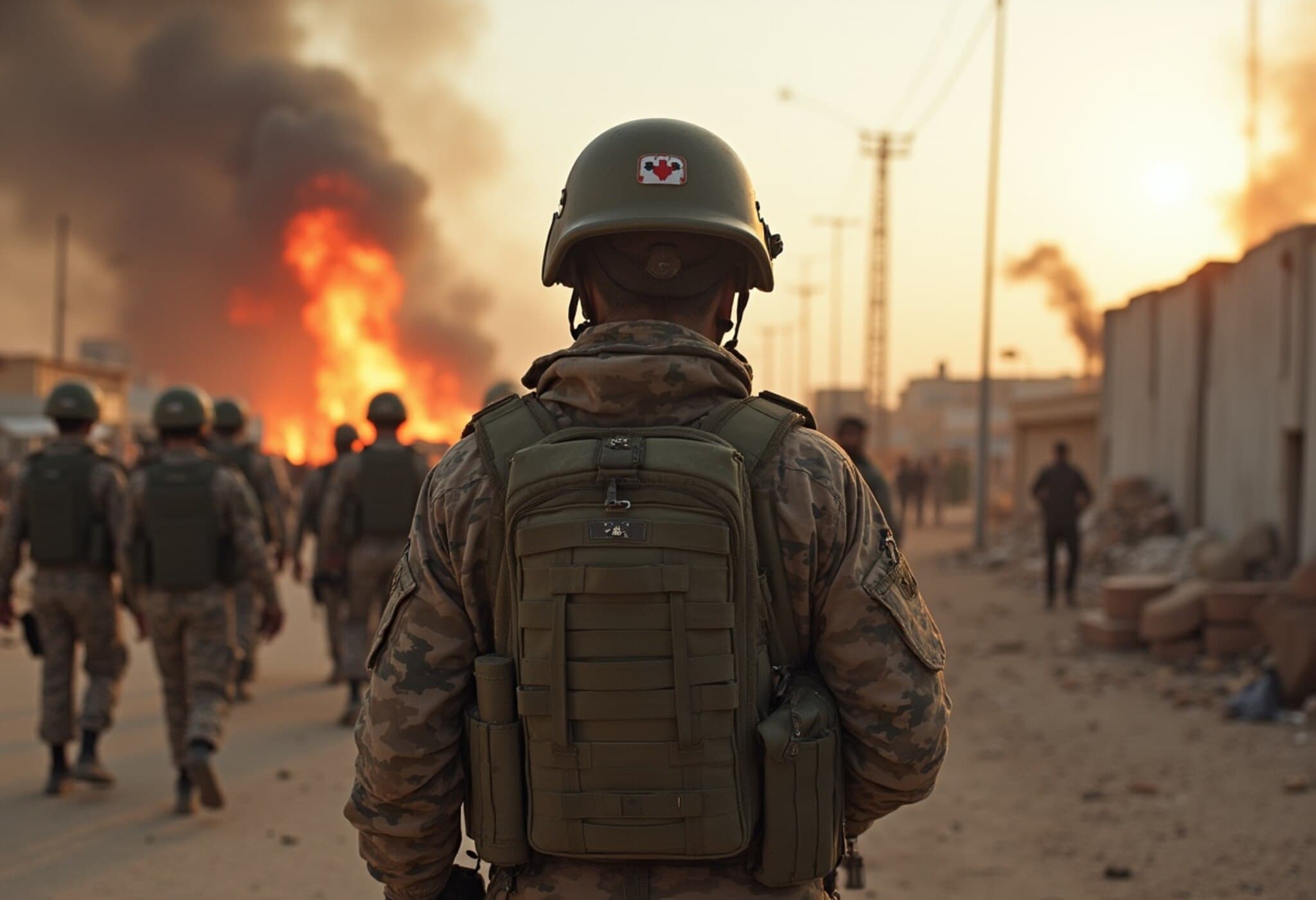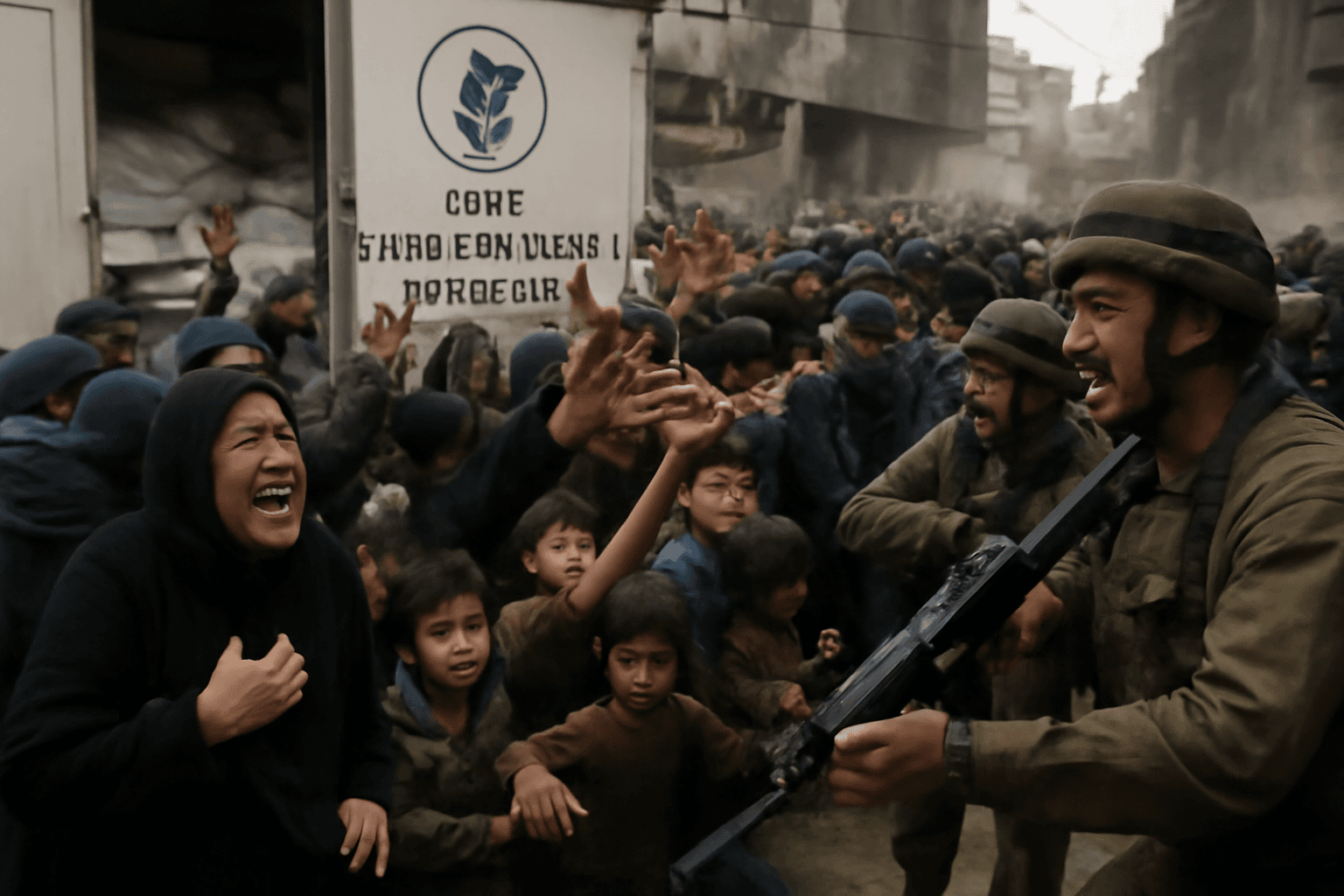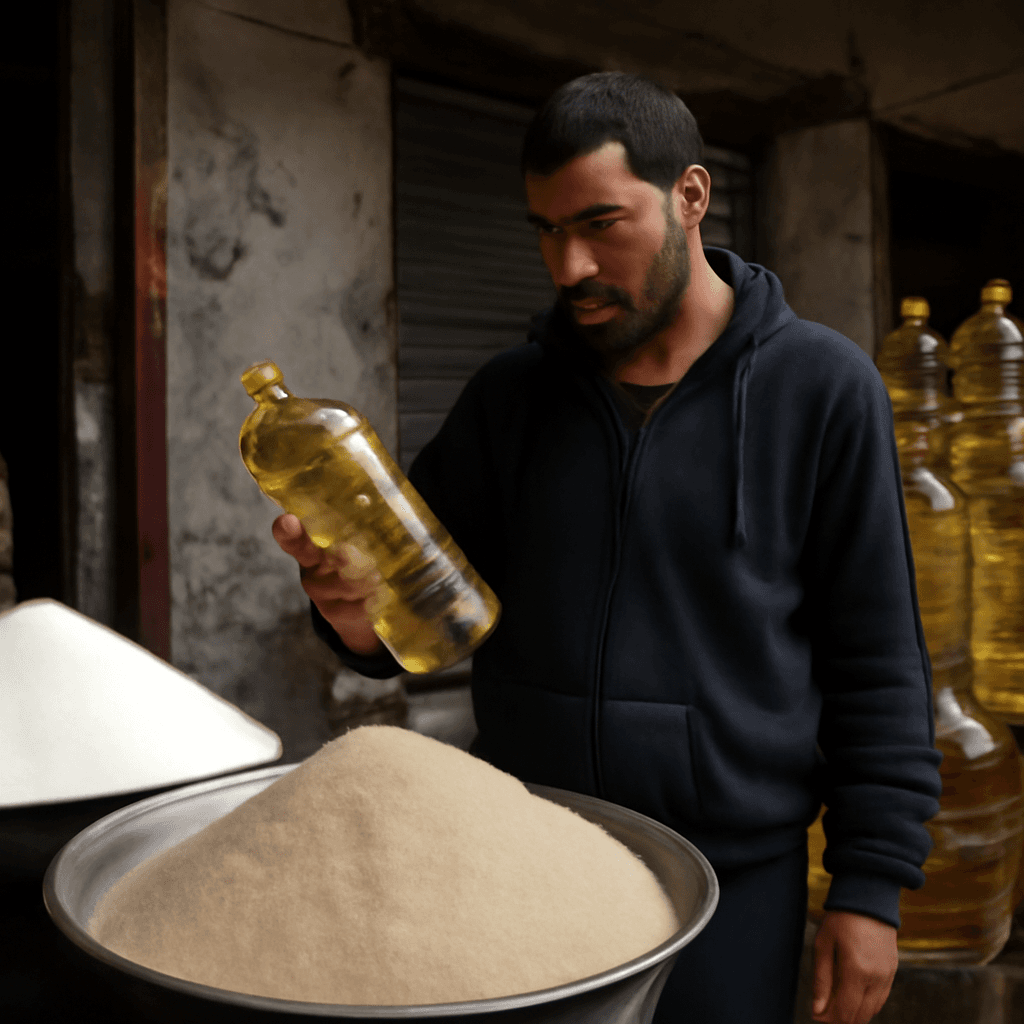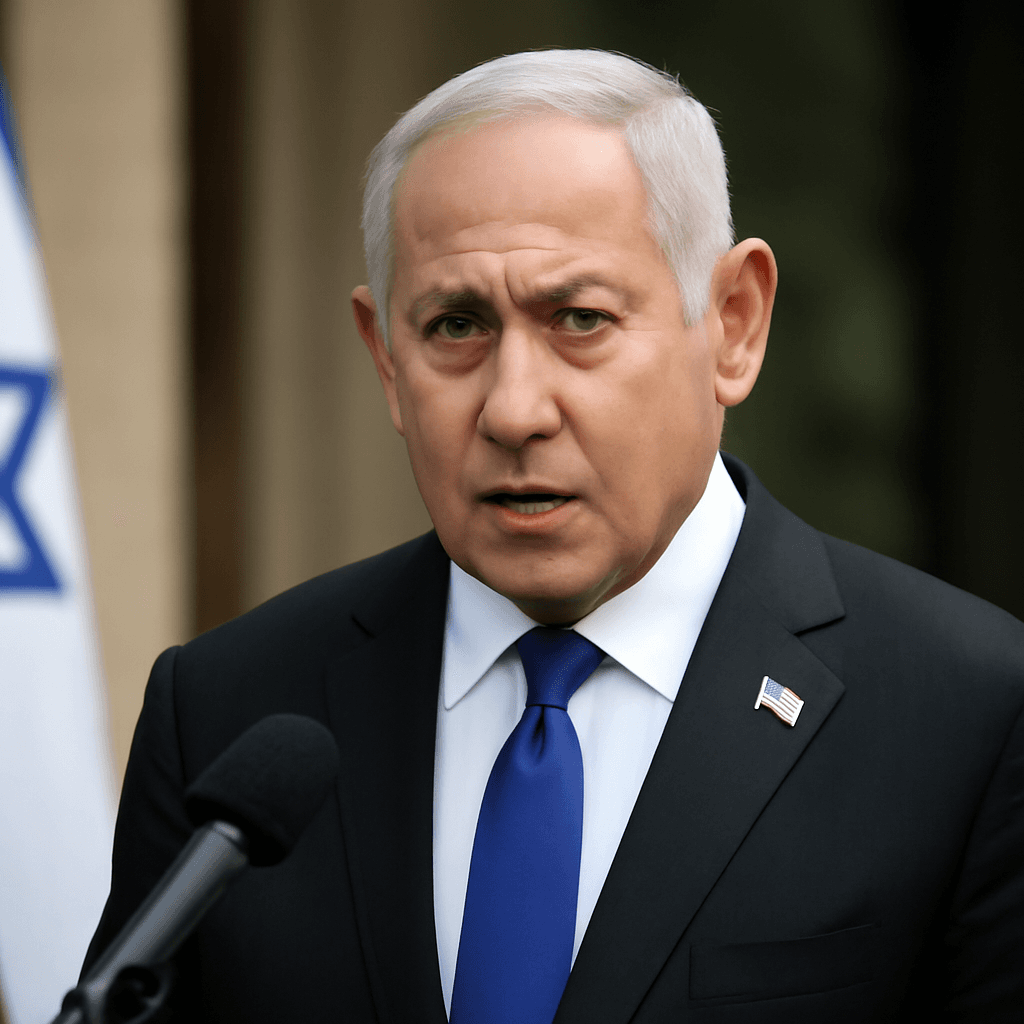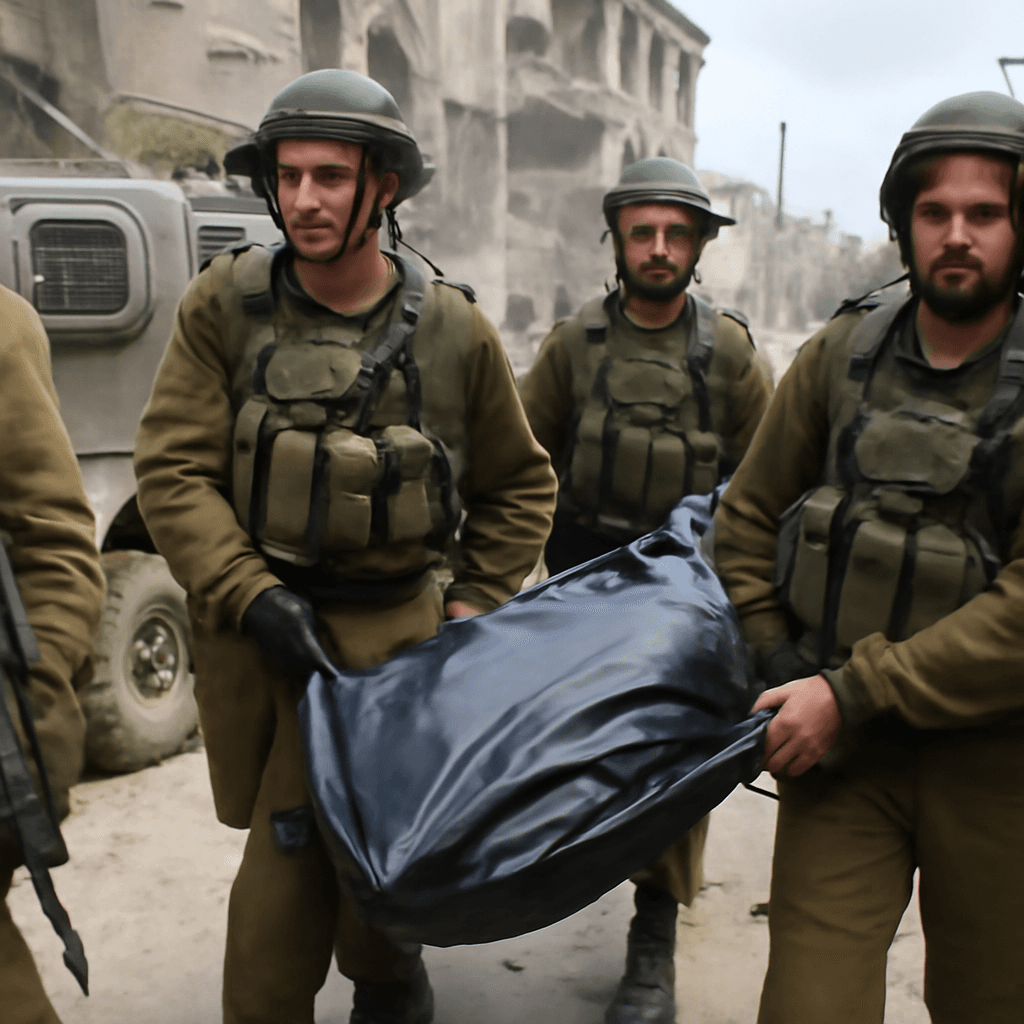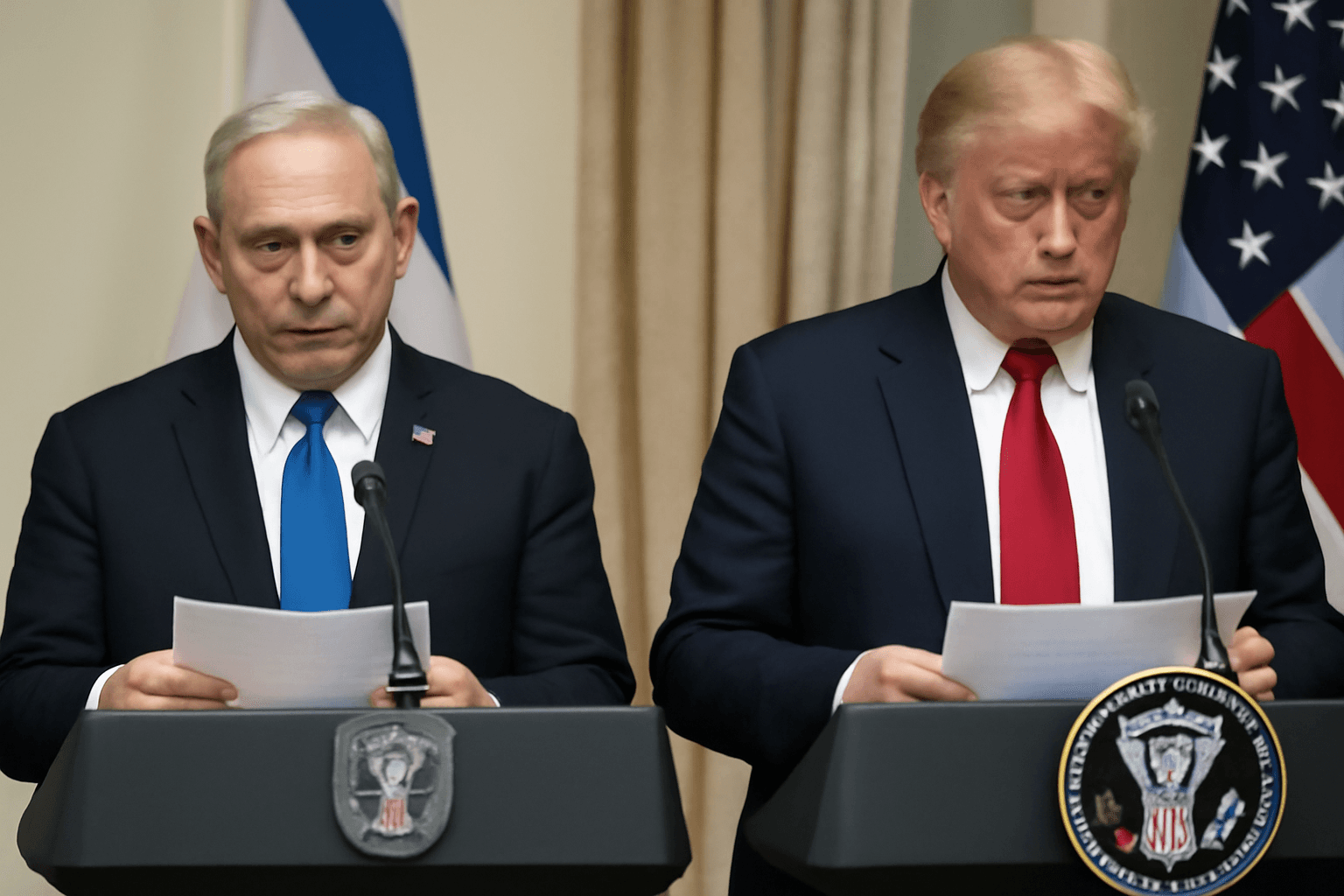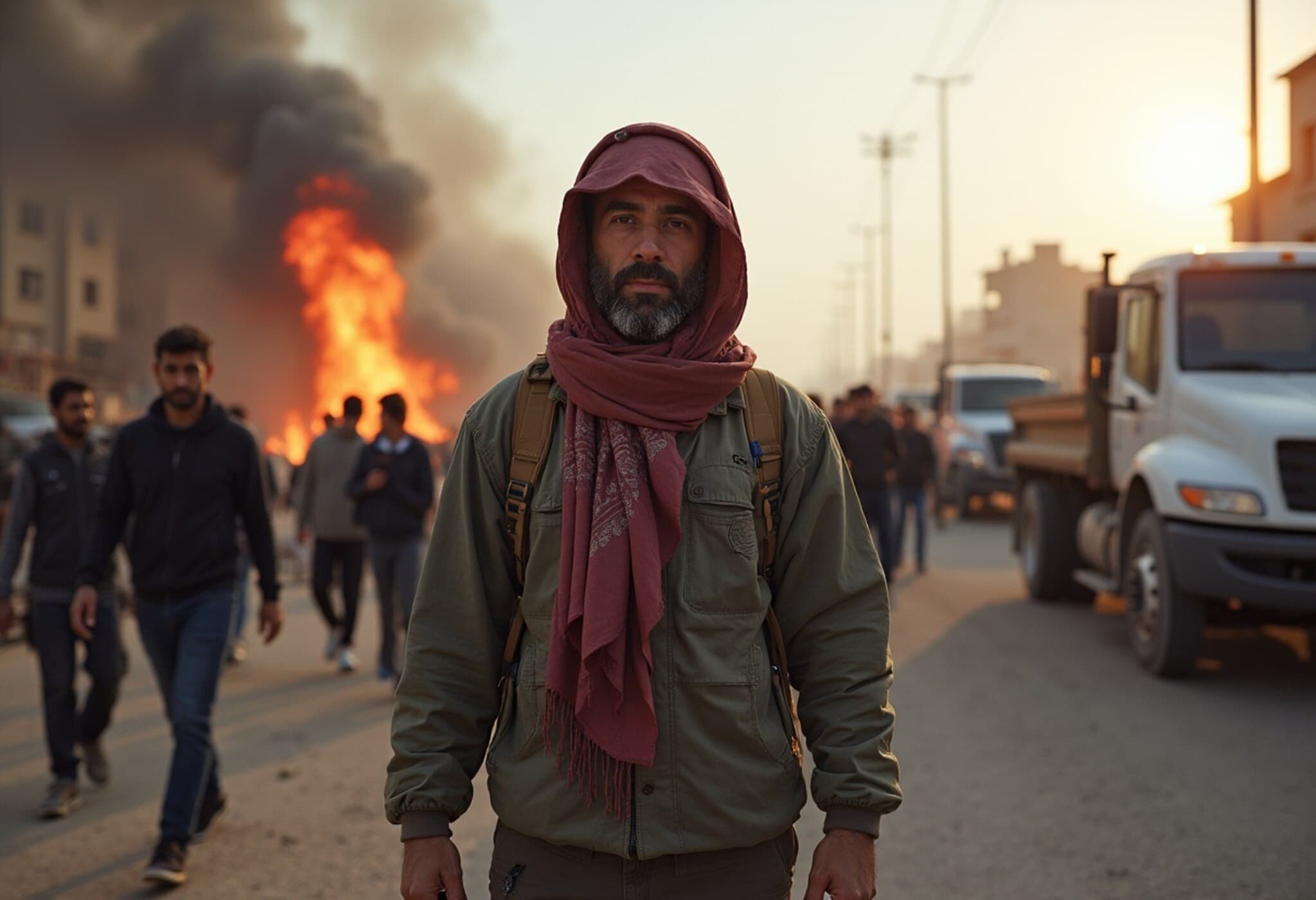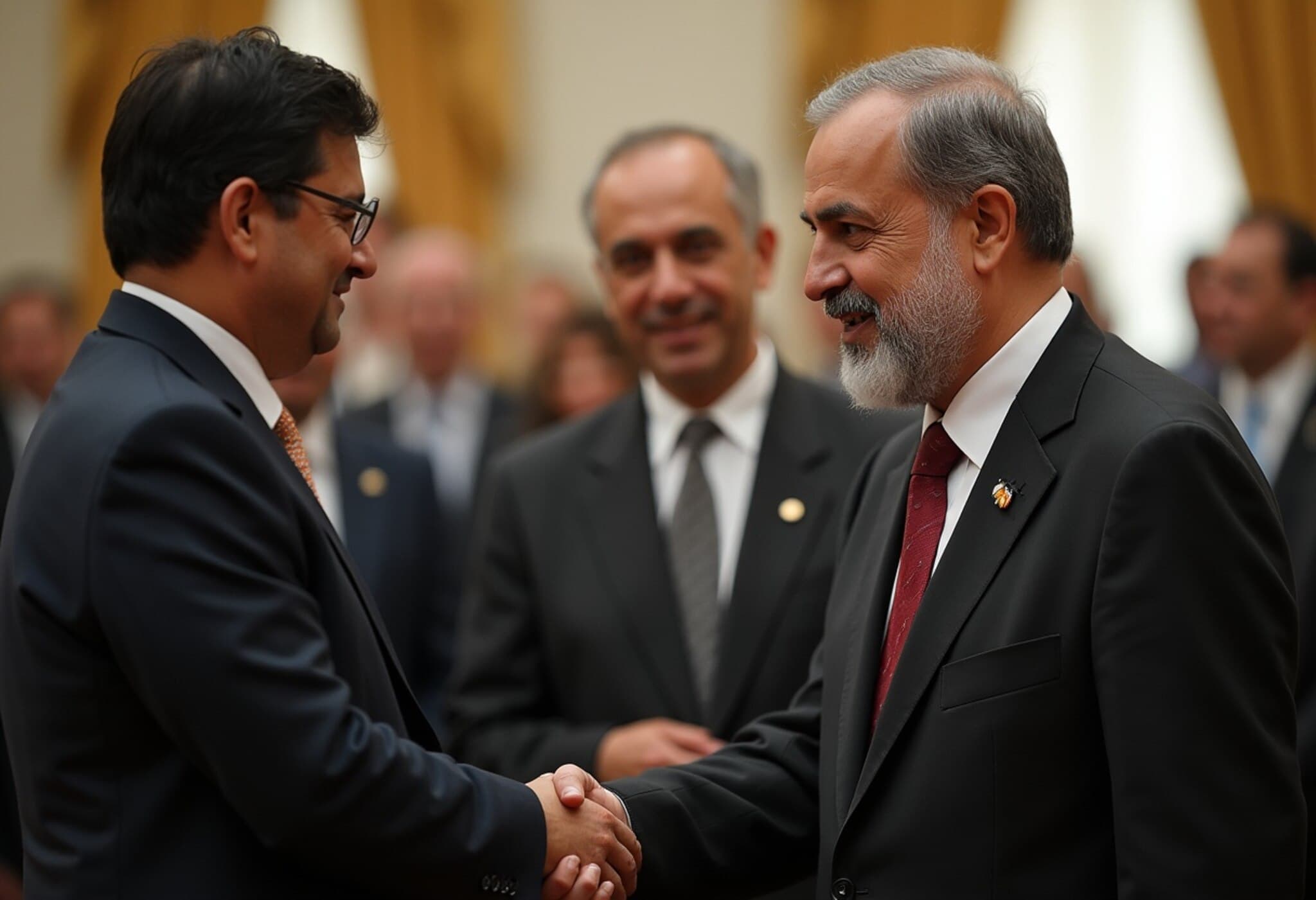Israel Launches Joint Humanitarian Aid Airdrops into Gaza with Six Nations
In a notable display of international cooperation amid escalating conflict, the Israel Defense Forces (IDF) conducted a large-scale humanitarian airdrop operation over the Gaza Strip, delivering 126 food packages to civilians in both northern and southern areas. This aid mission was carried out in partnership with six countries, including the United Arab Emirates, Jordan, Egypt, and for the first time, three European nations: Spain, France, and Germany.
Addressing Global Criticism Amid the Gaza Crisis
This initiative arrives at a time when Israel faces intensifying global scrutiny over humanitarian conditions in Gaza. Accusations of deliberately starving Palestinians — especially vulnerable children — have sparked widespread debate and diplomatic pressure. However, IDF Chief of Staff Lieutenant General Eyal Zamir has firmly rejected these claims, labeling them a "deliberate, coordinated, and deceitful campaign" against what he describes as a "moral army." Zamir emphasized that Hamas bears responsibility for the civilian suffering, citing the militant group’s tactics and ongoing hostilities as root causes.
Zamir remarked, "The party responsible for the killing and suffering of Gaza's residents is Hamas. IDF soldiers and commanders act with morality and integrity, in accordance with international law and the IDF's ethical standards." His defense aligns with a broader Israeli narrative framing military actions as necessary security measures amid persistent threats.
Military Operations and Hostage Negotiations: A Complex Balancing Act
On the diplomatic front, Zamir indicated that ongoing military operations will persist regardless of pending hostage negotiations. "I estimate that in the coming days we will know whether we can reach a partial deal for the release of our hostages," he stated. "If not, the fighting will continue without pause." This firm stance underscores the complexity of resolving conflicts where humanitarian concerns intersect with security imperatives.
Human Cost in Numbers and Stories
Since the outbreak of hostilities nearly three years ago, Gaza's health ministry reports that over 58,000 Palestinians have lost their lives. The death toll continues to rise amid a cycle of ceasefires and renewed violence. Recent 24-hour figures underline this tragic reality—with at least 91 fatalities and 600 injuries reported amid delays in aid delivery during ceasefire talks.
As international organizations track food distribution efforts, the desperation on the ground is palpable. Civilians face critical shortages of basic necessities, amplified by security restrictions and logistical challenges — making such coordinated airdrops imperative, though insufficient alone to alleviate the broader crisis.
Expert Perspectives: The Geopolitical and Humanitarian Crossroads
This aid operation involving six countries reflects evolving geopolitical dynamics in the Middle East, where European nations' engagement signals increased international stakeholding. Meanwhile, the inclusion of regional powers like Egypt and Jordan speaks to the broader diplomatic efforts to manage the conflict’s fallout.
Experts note that Israel’s framing of Hamas as the principal obstructer of Gaza’s welfare complicates international discourse, which often struggles to disentangle military objectives from civilian protection. The humanitarian narrative is further muddied by differing accounts and the opaque nature of on-the-ground realities in conflict zones.
From a U.S. policy angle, continued support for Israel—highlighted by persistent backing despite fatalities—illustrates the balancing act Washington faces between alliance loyalty and humanitarian advocacy. The international community is watching closely whether collaborative humanitarian efforts can pave the way for substantive ceasefires or de-escalation.
Looking Ahead: Critical Questions Remain
- Will coordinated international aid efforts expand to more sustainable forms of relief and reconstruction?
- How will ongoing military campaigns affect the fragile humanitarian situation over coming months?
- Can diplomatic channels negotiate hostages’ release without prolonged combat?
- What mechanisms are in place to verify the actual delivery and distribution of aid in conflict-affected zones?
Editor’s Note
This humanitarian airdrop by Israel and six partnering nations serves as a complex case study blending military strategy, humanitarian urgency, and international diplomacy. While the effort to deliver aid reflects a willingness to address suffering, it also raises profound questions about the root causes of conflict and the responsibilities of all actors to uphold human dignity. As events unfold, sustained attention to credible reporting and nuanced analysis will be crucial for understanding not only the facts on the ground but also the human stories behind the headlines.

